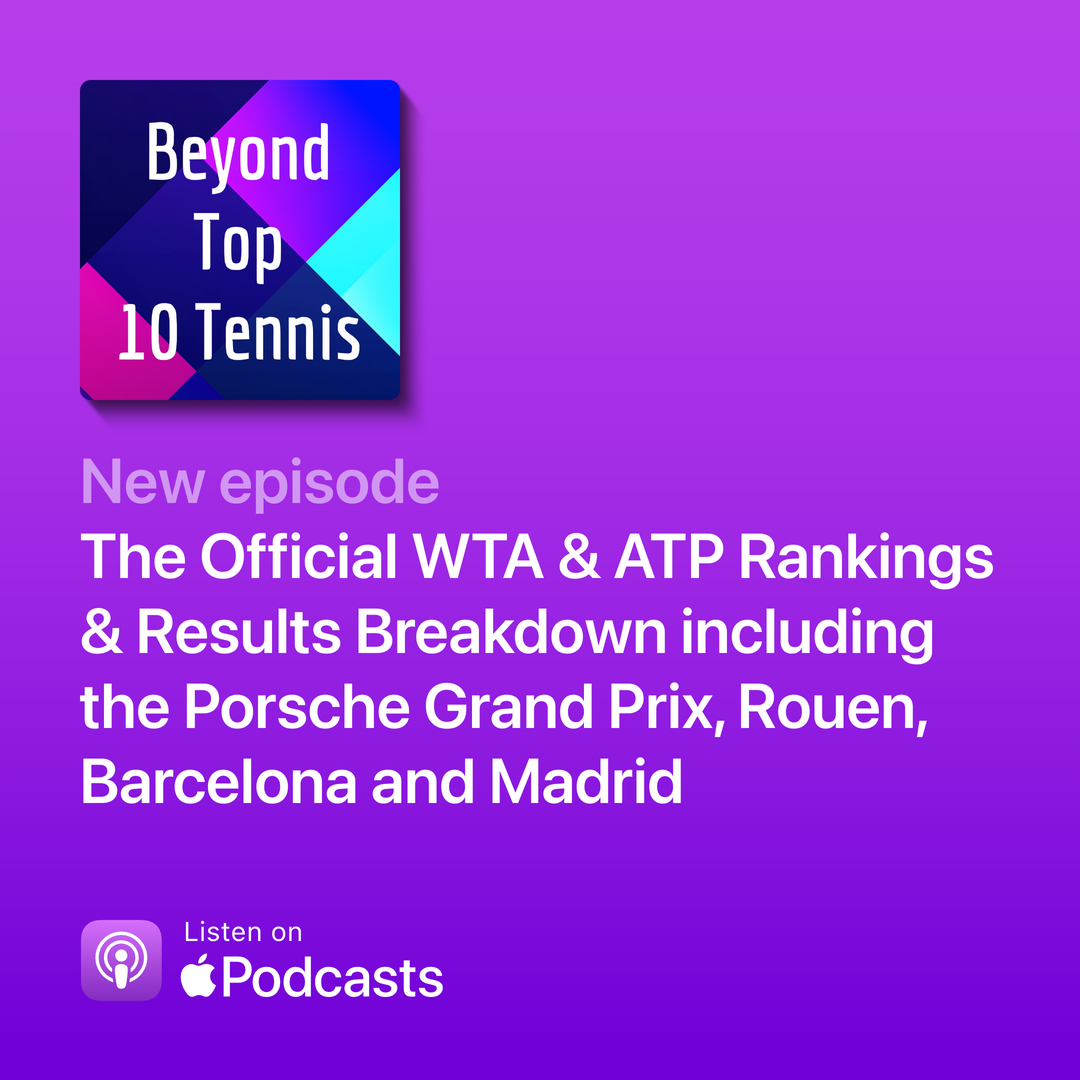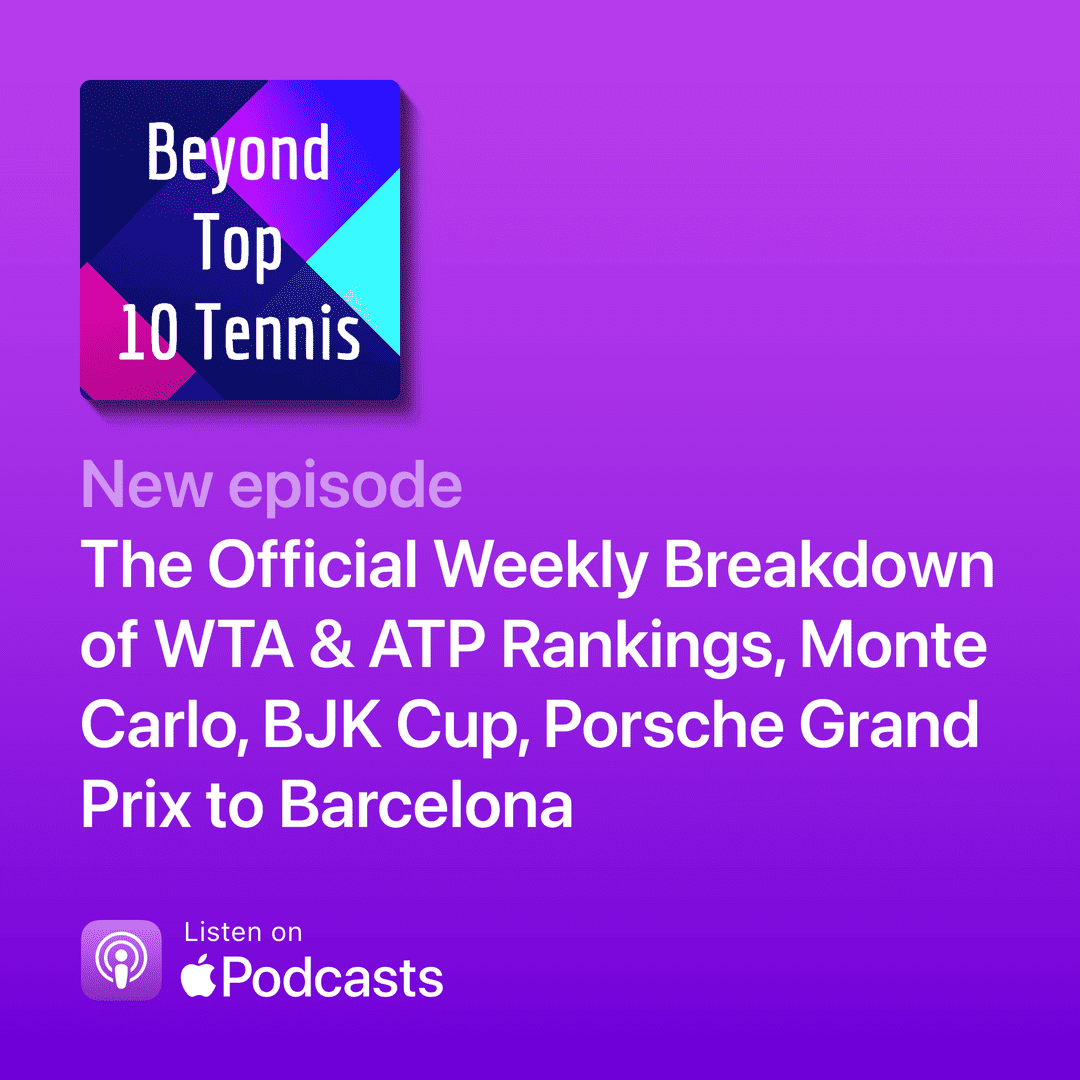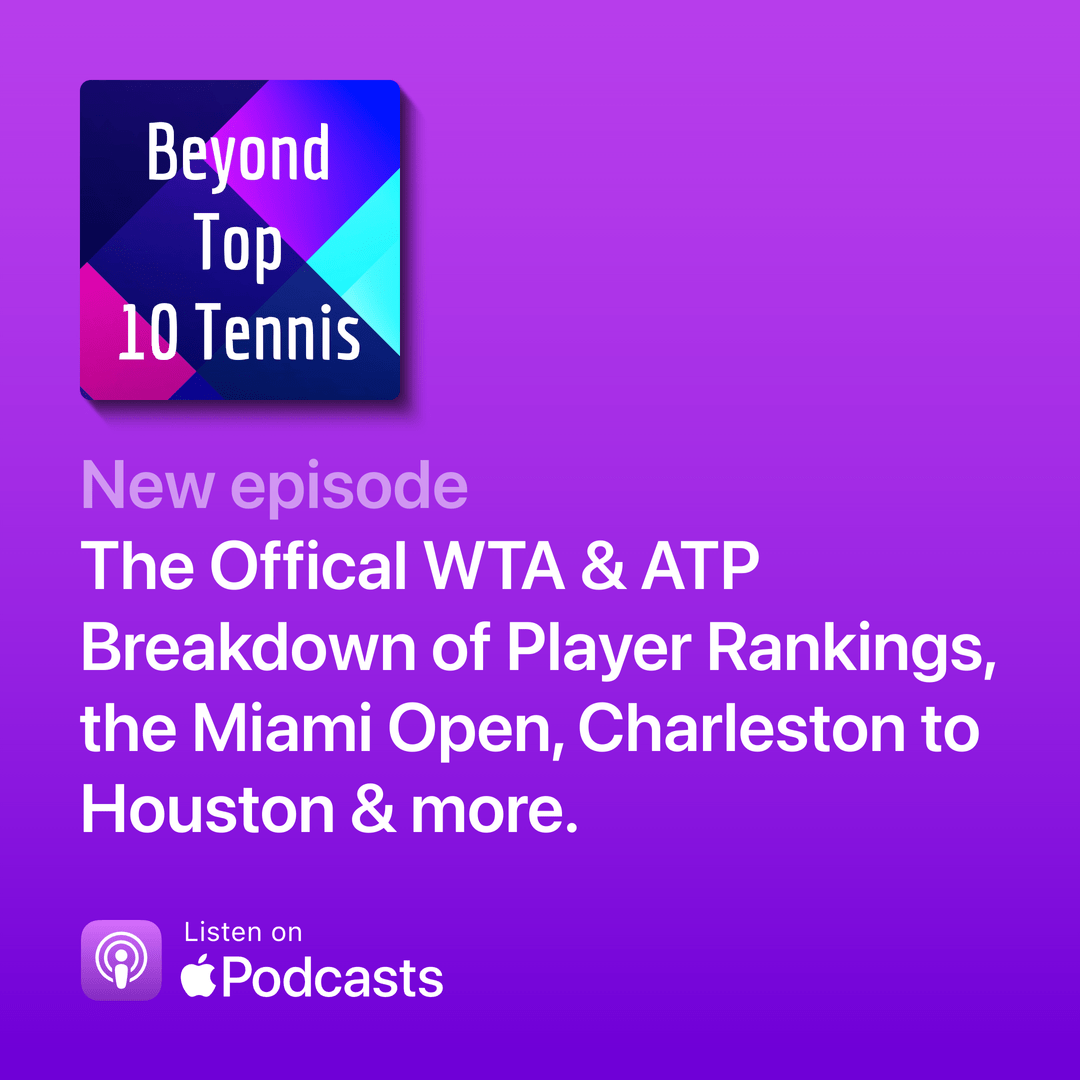
The onslaught of the game to the highs and lows and everything in between is the reality of what a tennis player signs up for with the sheer driver of love pulling and pushing them all the way. It’s a hard truth but equally a beautiful reality when performance merges with this passion and equates with Grand Slam success. It’s the pinnacle of play and a heart filled with desire — bursting at the seams to lift that elusive trophy. Whether it be once, twice or twenty times more, the truth is forever etched in a player’s core driver — their love of the game.
The onslaught of the game to the highs and lows and everything in between is the reality of what a tennis player signs up for with the sheer driver of love pulling and pushing them all the way. It’s a hard truth but equally a beautiful reality when performance merges with this passion and equates with Grand Slam success. It’s the pinnacle of play and a heart filled with desire — bursting at the seams to lift that elusive trophy. Whether it be once, twice or twenty times more, the truth is forever etched in a player’s core driver — their love of the game.
Quite simply, it’s home on earth that happens to travel with you — wherever that ball may take you.
So with a heart full and a passion bursting that drives each player towards that next peak performance and so on and so forth until the Top 100 becomes a reality, then it gets that much more real. Another season will pass followed by the next and then the Top 50 becomes a firm reality before the Top 30 soon follows. But don’t be mistaken — this is only the reality of the 8% for the 92% will rarely get this far to begin. And so for this scarce player that is beholden to their heart and the game that lights up their eternal soul from within, the work gets harder and even more gruelling for all of a sudden that life away from the tennis court that could have been — a simple “9 to 5” without the pitfalls to pressures of what it means to wear your heart on your sleeve. But then again, in reality these really are comparable although that’s not the point.
By this time the dollars are being raked in and financial longevity is set for those who learn how to manage these winnings. After all, that “9 to 5” isn’t breaking your body in those initial 10 to 20 years of Play in contrast to the player who is increasingly likely to deal with surgeries to “sick leave” directly caused by the game itself. However, this doesn’t have to be if you follow the 7 Keys. The point here is to do with a lifetime of earnings done so in essentially one fifth of the time and yet this can readily be mismanaged by those who are too young to know the dos and dont’s for their heart is in the game and their mind is all-consumed by the ball and those strings before the reality of the outside world comes crashing back into place — maybe a decade too late.
That is an anomaly for the 8% for these are the players envied by the 92%. These players will continue to try and will continue to fight but equally reach a plateau that rests inside the Top 100 but more often than not outside the Top 20. For most, especially WTA tour players, this is akin to earnings of a standard “9 to 5” if not worse off due to equal pay “up for grabs” not being dispersed evenly across tours. But they won’t budge and they’ll continue to fight in search of those elusive 8 Keys that will ignite their game towards that next peak performance. For some, it’s all worth the while for they’ll get a taste of what it is like to be at the top of the game and inside the 8% for even just a week or two from an almighty run at a Grand Slam for it only to be short lived.
But then there are those who will stay at the top of the game for the best part of their career and then those who will not make that run because quite simply they’re in denial of those initial 7 Keys and thus the 8th Key remains elusive — akin to supernovas that beckon the midnight skies of eerily late night matches.
That’s just a little absurdity and/or beauty — dependent on your perspective, to tie in with the truth of what it all really means. But back to the main premise here which is undoubtedly erred on by the love of the game. From one ball to three, five to ten and before you know you’ve lost count after hours on hours. It’s a zone that is so much better than the twilightand it’s an out of body experience that is simply by nature — a continuation of skill and merit. By sheer conditioning and hard work coupled with that drive for one more ball and that insistent attempt to learn what that feeling really must be before one day you find it and that feeling has your heart forever more bursting at the seems.
You bet, truth is in the reality of the game.
From The Long Game to The Pathway the reality of it all, irrespective of the juxtaposition shared, the reality is in the data and our [NEW] analytics that safeguard players from heartache (*injury*) and those that succumb due to financial stress and/or being quite simply stuck at a performance plateau. If you’ve been looking for the sign, this is it — here and now.
This week’s change of pace was prompted by Nadal’s potential finale in Madrid, Thiem’s constant battle with his ailing wrist, Badosa with her rankings slide along with Raducanu who’s been sidelined on/off for the past two seasons along with dozens of other players who struggle with their love of the game, managing injuries to knowing what it really [truly] takes to secure that Top 10 tennis ranking.
To learn more about our data, predictive analytics and how to optimise your own performance, head on over to AM8 International. To learn more about AM8 International check out our selection of Books and/or options to join Dr B’s Pack to gain exclusive access to the best in the world. Not quite ready? Head on over to Beyond Top 10 Tennis for free access to 80+ episodes directly from Dr Berge of what it really takes to win multiple Grand Slams to securing that Top 10 tennis ranking with new episodes each week. More? Catch up on our Tips over on TikTok, Twitter, Threads or Instagram for quick snippets to apply in your game, today.



